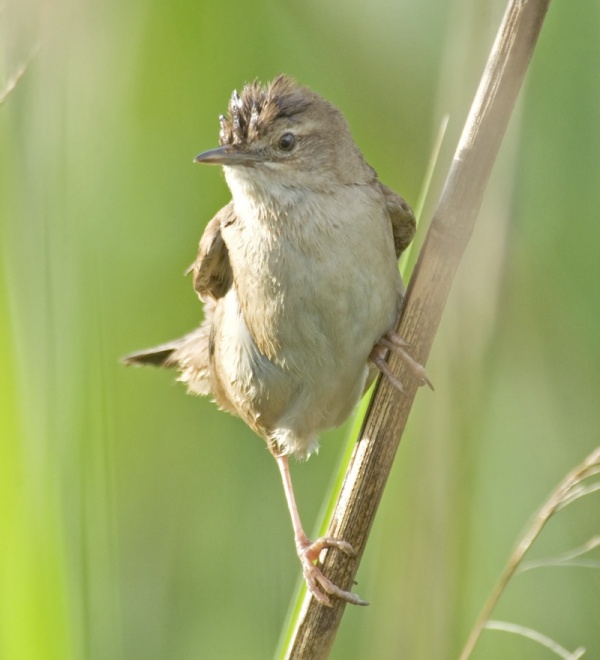Facts About Grass warbler
Grass warblers are small, enchanting birds belonging to the genus Locustella. Originally classified among the "Old World warblers" these birds are now recognized as the northernmost members of the Locustellidae family. They typically inhabit grasslands, shrubs, or marshes and are characterized by their modest, brownish plumage. Their diet mainly consists of insects, and they are renowned for their distinctive, insect-like reeling songs.
Certain species of grass warblers are migratory, particularly those that breed in temperate regions. The genus Locustella was first introduced in 1829, with the common grasshopper warbler designated as its type species. The name "Locustella" is derived from Latin and means "grasshopper" paying homage to the insect-like songs produced by some of these birds. There are 21 species within this genus, including the lanceolated warbler, common grasshopper warbler, and Savi's warbler.
In 2018, a molecular study led to the reclassification of six species into a new genus named Helopsaltes. Adding to the fascination, a fossil bone from the Late Miocene era discovered in Hungary shows similarities to the Locustella genus, suggesting an ancient lineage within the Locustellidae family.

 Ireland
Ireland